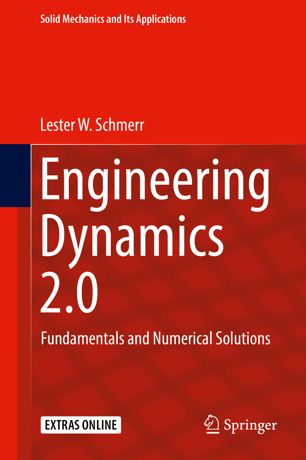

Most ebook files are in PDF format, so you can easily read them using various software such as Foxit Reader or directly on the Google Chrome browser.
Some ebook files are released by publishers in other formats such as .awz, .mobi, .epub, .fb2, etc. You may need to install specific software to read these formats on mobile/PC, such as Calibre.
Please read the tutorial at this link: https://ebookbell.com/faq
We offer FREE conversion to the popular formats you request; however, this may take some time. Therefore, right after payment, please email us, and we will try to provide the service as quickly as possible.
For some exceptional file formats or broken links (if any), please refrain from opening any disputes. Instead, email us first, and we will try to assist within a maximum of 6 hours.
EbookBell Team

0.0
0 reviewsThis book presents a new approach to learning the dynamics of particles and rigid bodies at an intermediate to advanced level. There are three distinguishing features of this approach. First, the primary emphasis is to obtain the equations of motion of dynamical systems and to solve them numerically. As a consequence, most of the analytical exercises and homework found in traditional dynamics texts written at this level are replaced by MATLAB®-based simulations. Second, extensive use is made of matrices. Matrices are essential to define the important role that constraints have on the behavior of dynamical systems. Matrices are also key elements in many of the software tools that engineers use to solve more complex and practical dynamics problems, such as in the multi-body codes used for analyzing mechanical, aerospace, and biomechanics systems. The third and feature is the use of a combination of Newton-Euler and Lagrangian (analytical mechanics) treatments for solving dynamics problems. Rather than discussing these two treatments separately, Engineering Dynamics 2.0 uses a geometrical approach that ties these two treatments together, leading to a more transparent description of difficult concepts such as "virtual" displacements.
Some important highlights of the book include: